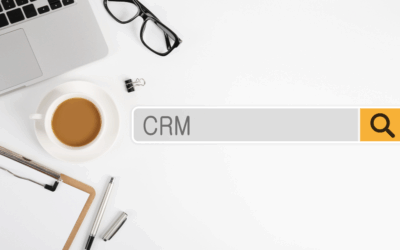Would you like meat, fish or veg?
Click here and submit your preference.
Your employees will receive this innocent question by mail during a conference, from a reliable-looking address.
Do they click?
Then there is a chance that they might get ransomware or a virus or have to log in to a fake login page with all the consequences. This is how cunning hackers operate these days. Therefore, you can hardly blame your employees for falling for it.
Prevent unwanted clicking behavior
Cybercriminals are getting smarter. Nearly 91% of data breaches occur because an employee clicks on the wrong link.
And employees fall for it too often: as many as 30% of employees open emails from cybercriminals, 10% click on links or attachments.
In many cases, these are links in emails that are increasingly professional. Those who click on the link, for example, download malware that can steal data or shut down systems.
But there are more than enough ways to ensure that your business is immune from this type of click behavior.
Our tips:
1. Mail a test attack
At least 80% of Dutch companies report suffering from phishing. Send yourself a simulated phishing email with a link to employees, for example, about a new expense report. This allows you to see who is clicking the link in the first place, which in turn provides a great opportunity to raise awareness about proper click behavior.With Security Awareness from CloudConnected, we can take this completely off your hands and train employees periodically.
2. Pay attention to the sender’s e-mail address
Fake e-mails increasingly contain normal language and (seemingly) have a trustworthy sender, such as an established company. But the mail address is actually always a crazy derivative of a real company name.
3. Distrust a general salutation
An organization that really knows you, your company or an employee will not use a general salutation like “Dear Sir/Madam.”
4. Use software that detects threats
With special software, you can ensure that when someone clicks on an infected link, it cannot do any damage. For example, Microsoft has a service where a link is first automatically checked in a specialized data center.An infected link then cannot be opened by users and those who click anyway receive a warning screen.
Hackers are doing more and more crazy things to get into your system. Therefore, be on your guard.
With all this knowledge in your pocket, you know what to do and all that remains is the question: would you click?



